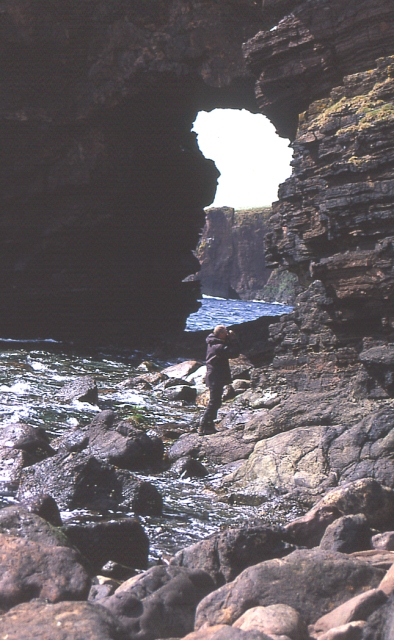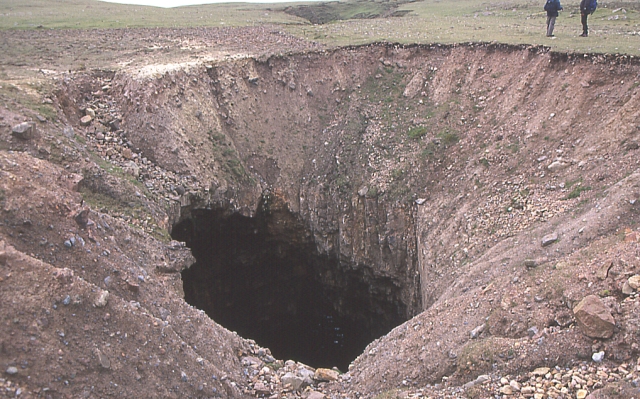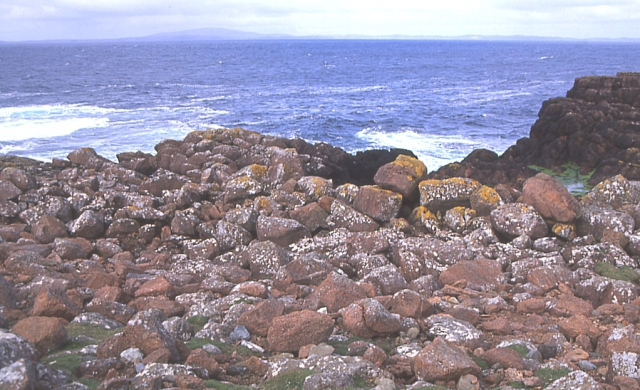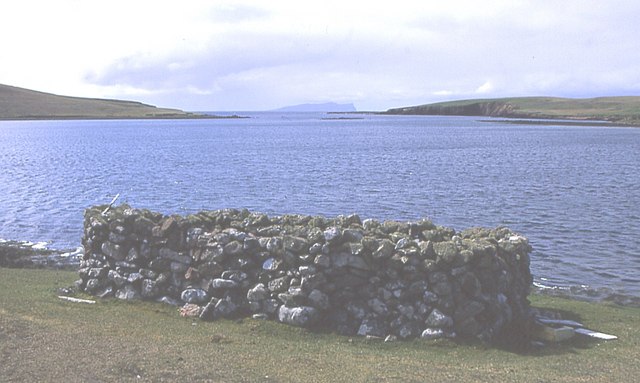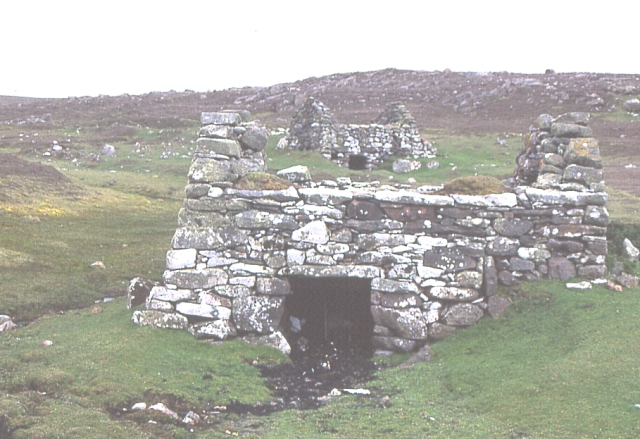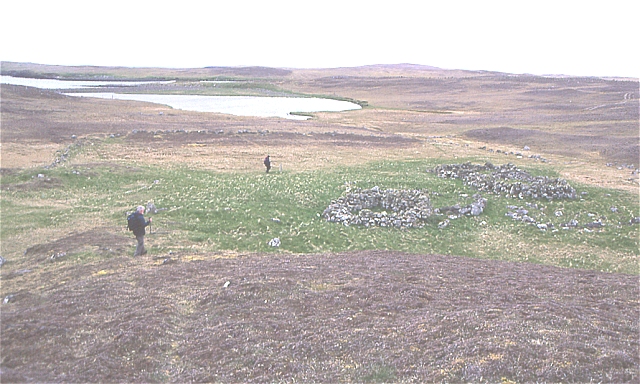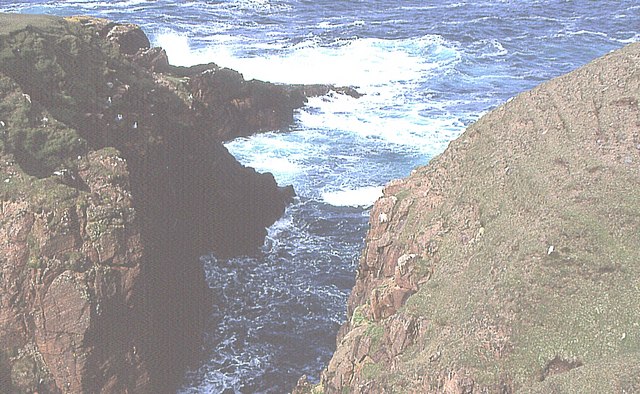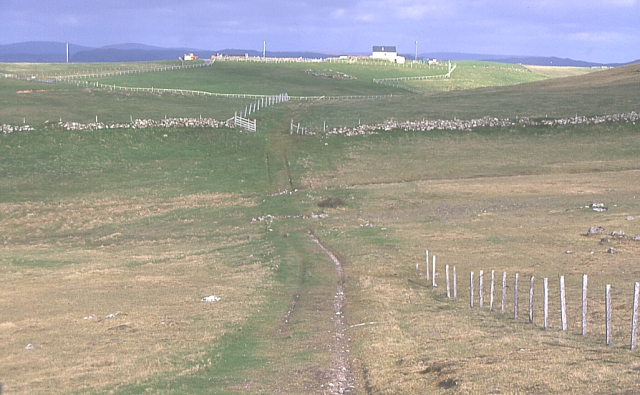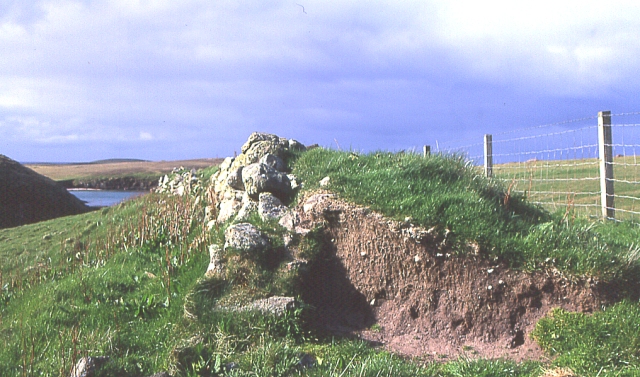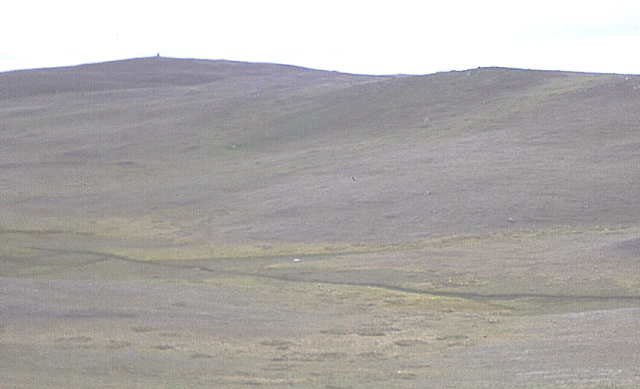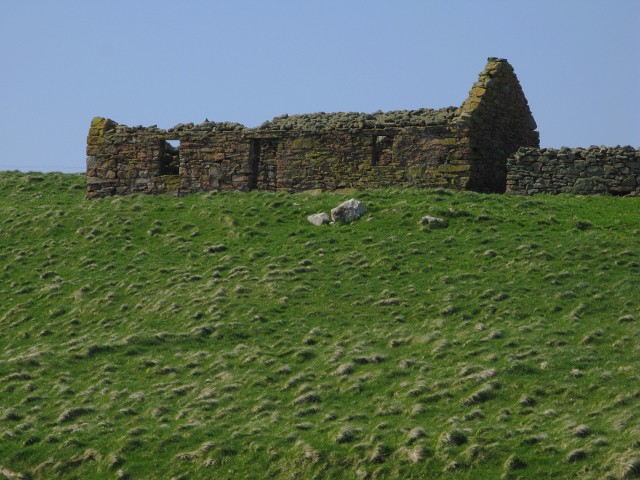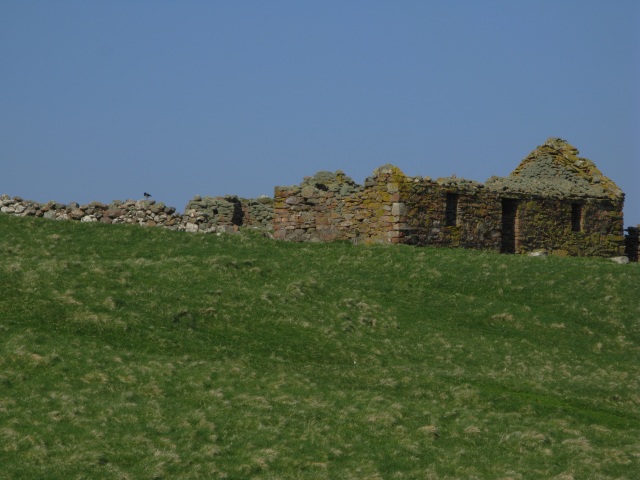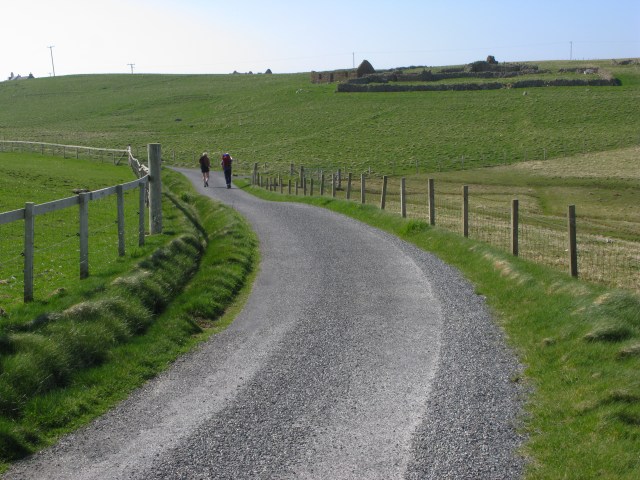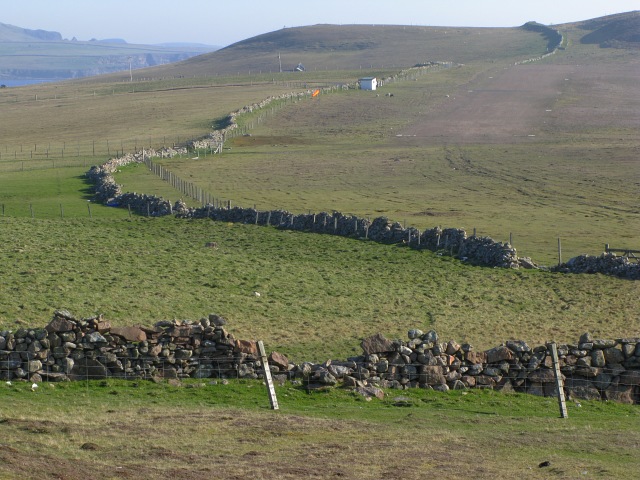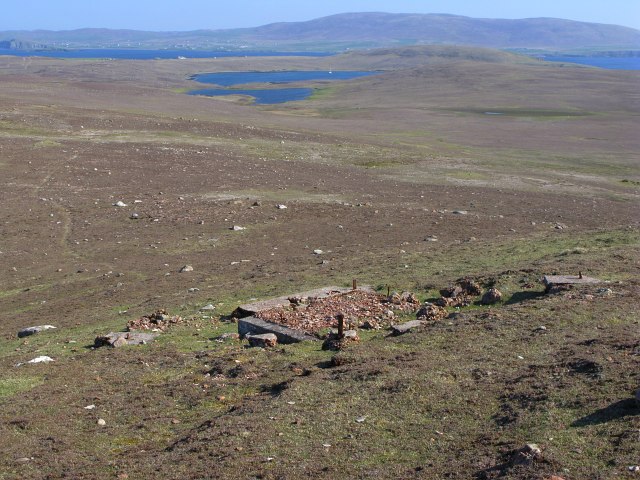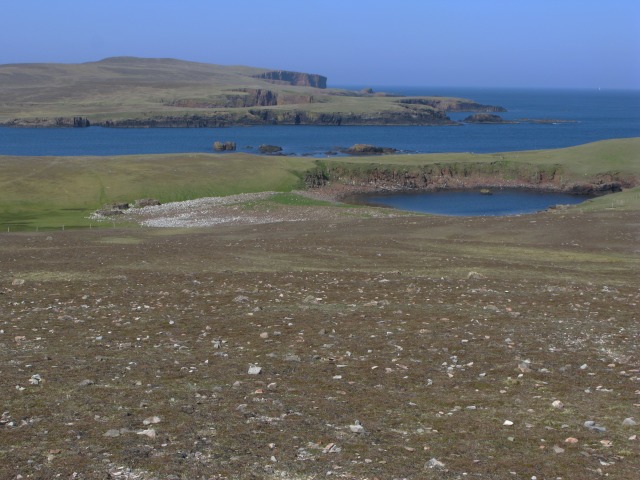Curstinhalt
Cliff, Slope in Shetland
Scotland
Curstinhalt
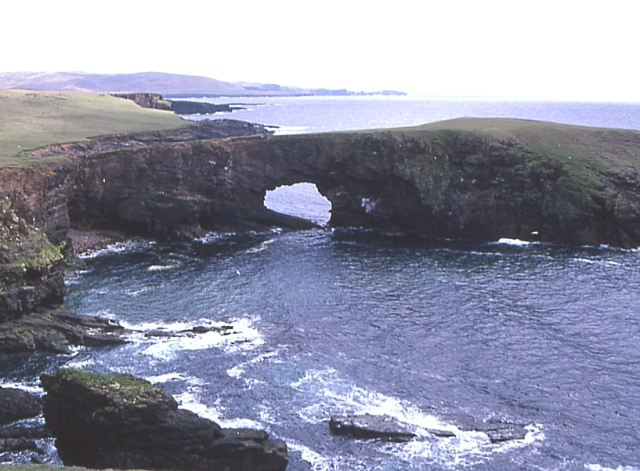
Curstinhalt is a stunning cliff and slope located in the Shetland Islands, an archipelago in Scotland. Situated on the western coast of the main island, it offers breathtaking views of the North Atlantic Ocean.
Rising to an impressive height of approximately 150 meters (500 feet), Curstinhalt is a sheer cliff face that showcases the rugged beauty of the Shetlands. Its dramatic vertical drop, formed by the natural erosion of the coastal landscape over millions of years, creates a remarkable sight for visitors. The cliff is composed of layers of sedimentary rock, revealing the geological history of the area.
At the base of the cliff lies a steep slope, adding to the grandeur of the site. The slope is covered in lush green vegetation, providing a striking contrast against the jagged rocks. It is home to a diverse range of flora and fauna, including nesting seabirds such as puffins, fulmars, and guillemots. Curstinhalt is an important breeding ground for these species, making it a popular spot for birdwatchers and nature enthusiasts.
Access to Curstinhalt is possible through a network of well-maintained footpaths, allowing visitors to explore the area safely. The cliff and slope provide ample opportunities for hiking and photography, with stunning panoramic views of the surrounding seascape. It is advisable to exercise caution when near the cliff edge due to the steep drop.
Curstinhalt, with its majestic cliff and breathtaking slope, offers a truly awe-inspiring experience for those seeking to immerse themselves in the natural beauty of the Shetland Islands.
If you have any feedback on the listing, please let us know in the comments section below.
Curstinhalt Images
Images are sourced within 2km of 60.341535/-1.706364 or Grid Reference HU1661. Thanks to Geograph Open Source API. All images are credited.
Curstinhalt is located at Grid Ref: HU1661 (Lat: 60.341535, Lng: -1.706364)
Unitary Authority: Shetland Islands
Police Authority: Highlands and Islands
What 3 Words
///itself.slicing.impresses. Near Walls, Shetland Islands
Nearby Locations
Related Wikis
Papa Stour
Papa Stour (Scots: Papa Stour) is one of the Shetland Islands in Scotland, with a population of under fifteen people, some of whom immigrated after an...
Biggings
Biggings is a village on the island of Papa Stour, in Shetland, Scotland. Papa Stour's church is situated at the south of Biggings. A homestead of Duke...
Papa Stour Airstrip
Papa Stour Airstrip is a small airstrip in the village of Biggings on the island of Papa Stour. Shetland, Scotland. == History == Papa Stour Airstrip opened...
Maiden Stack
The Maiden Stack or Frau Stack is a tiny stack in the western Shetland Islands to the north of Brei Holm and east of Housa Voe in Papa Stour. It is so...
Brei Holm
Brei Holm is a tiny tidal islet in the western Shetland Islands. It is due east of Papa Stour, to which it is connected at low tide, just outside Housa...
Forewick Holm
Forewick Holm is a 1-hectare (2.5-acre) island in the Sound of Papa in the Shetland islands, Scotland. Located between Papa Stour and the Sandness peninsula...
Sandness
Sandness (the "d" is not pronounced locally) is a headland and district in the west of Shetland Mainland, Scotland. Sandness was a civil parish, which...
Ve Skerries
The Ve Skerries or Vee Skerries (Old Norse: Vestan sker, West Skerries) are a group of low skerries (rocky islands) three miles (4.8 km) north west of...
Have you been to Curstinhalt?
Leave your review of Curstinhalt below (or comments, questions and feedback).
